(a) Name the process shown by the equation above (1mk)
Deamination;
(b) List down a carbohydrate that is;-(i) Stored in the mammalian liver (1mk)
Glycogen;
(ii) Found in abundance in mammalian blood (1mk)
Glucose;
0 Comments
Name two functions of sodium in human body (2mks)
State the role of light in photosynthesis (1mk)Photolysis/provides energy required for splitting water molecules into hydrogen ions and oxygen gas;
(a) Explain the role of enzymes in living cells (1mk)
(b) The graph below shows the effects of temperature on the rate of reaction of the enzymes salivary amylase(i) Account for the changes in the curve between C and D (1mk)
(ii) What does the dotted line represent? (1mk)
(c) Explain how the following factors affect the rate of enzyme activity
|
Archives
December 2024
Categories
All
TOPICSFORM 1
Form 2
Form 3
Form 4
|
Can't find what you are looking for? Don't worry, Use the Search Box Below.
|
Primary Resources
College Resources
|
Secondary Resources
|
Contact Us
Manyam Franchise
P.O Box 1189 - 40200 Kisii Tel: 0728 450 424 Tel: 0738 619 279 E-mail - sales@manyamfranchise.com |

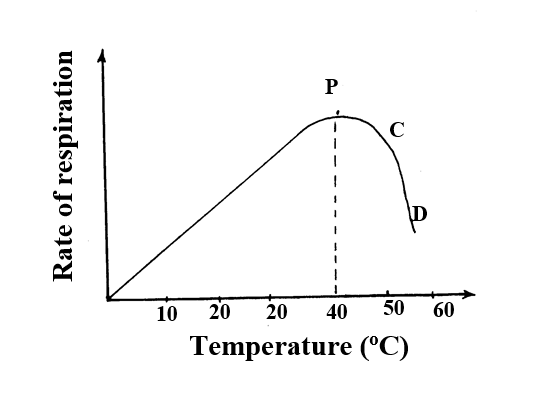
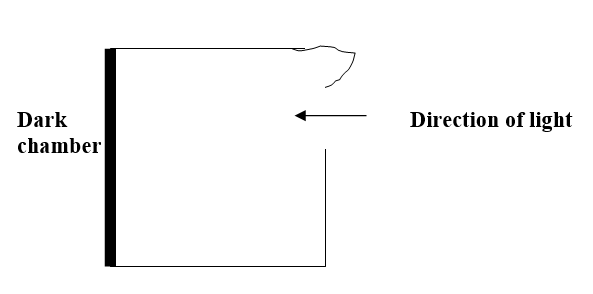
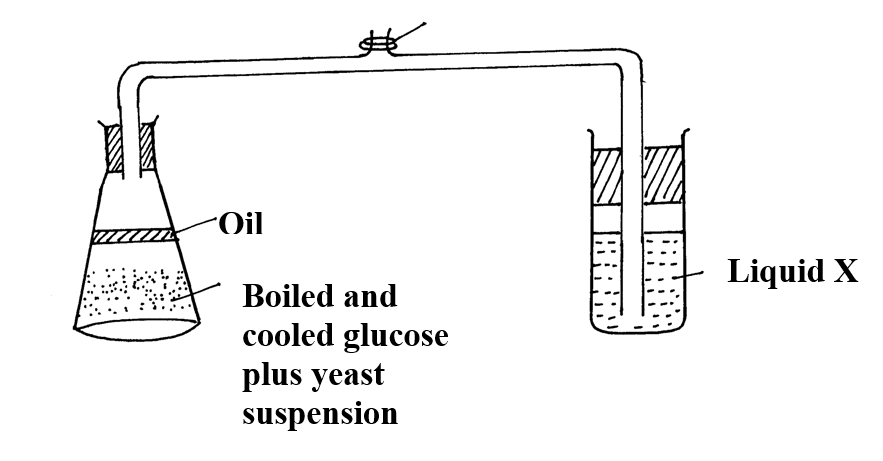
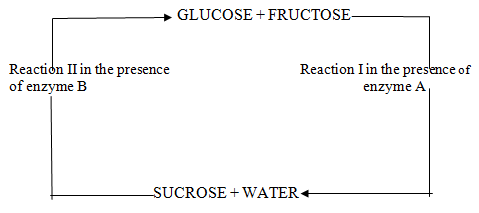

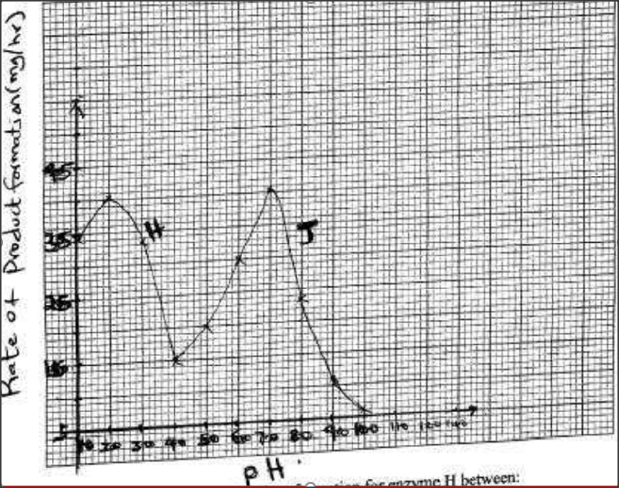
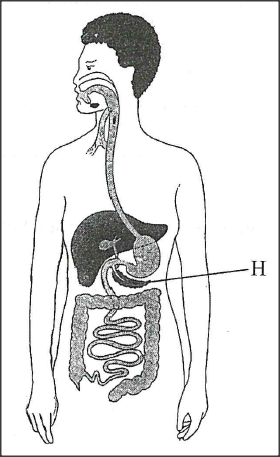
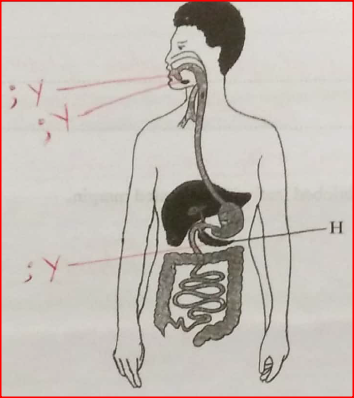


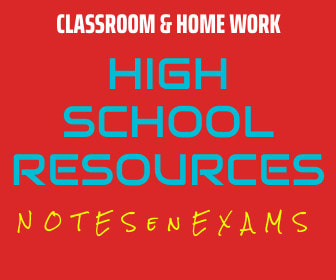
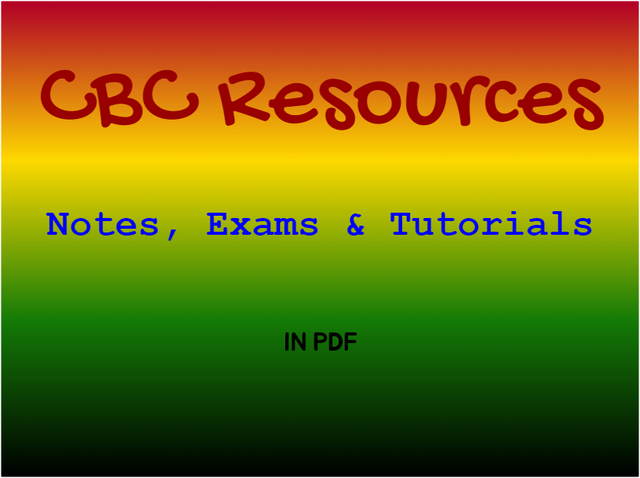
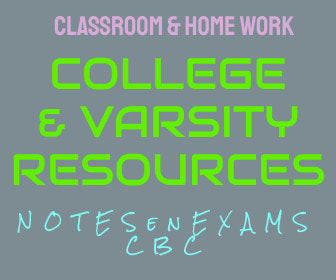
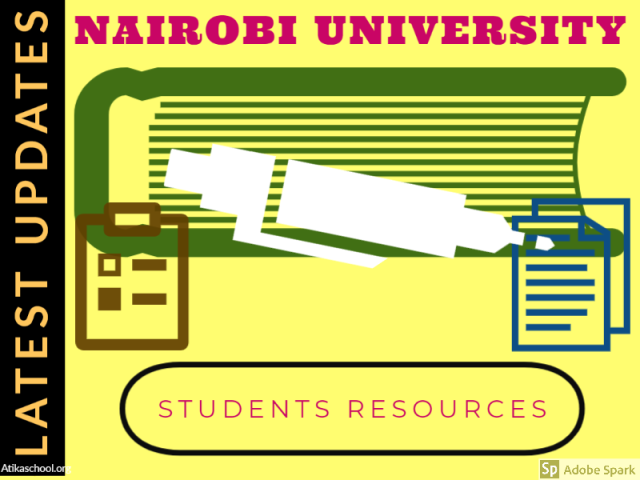
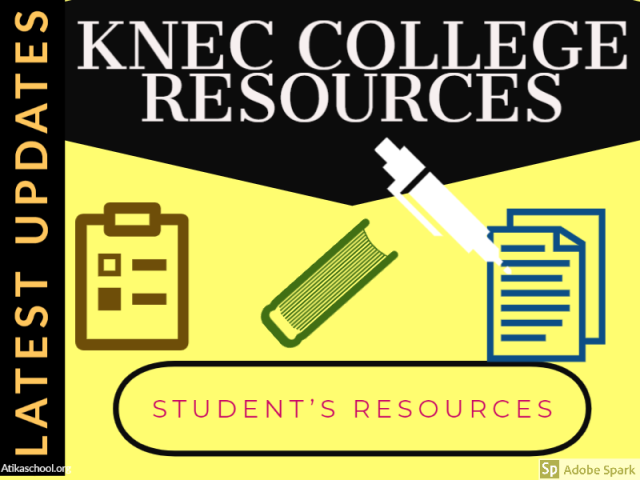


 RSS Feed
RSS Feed

